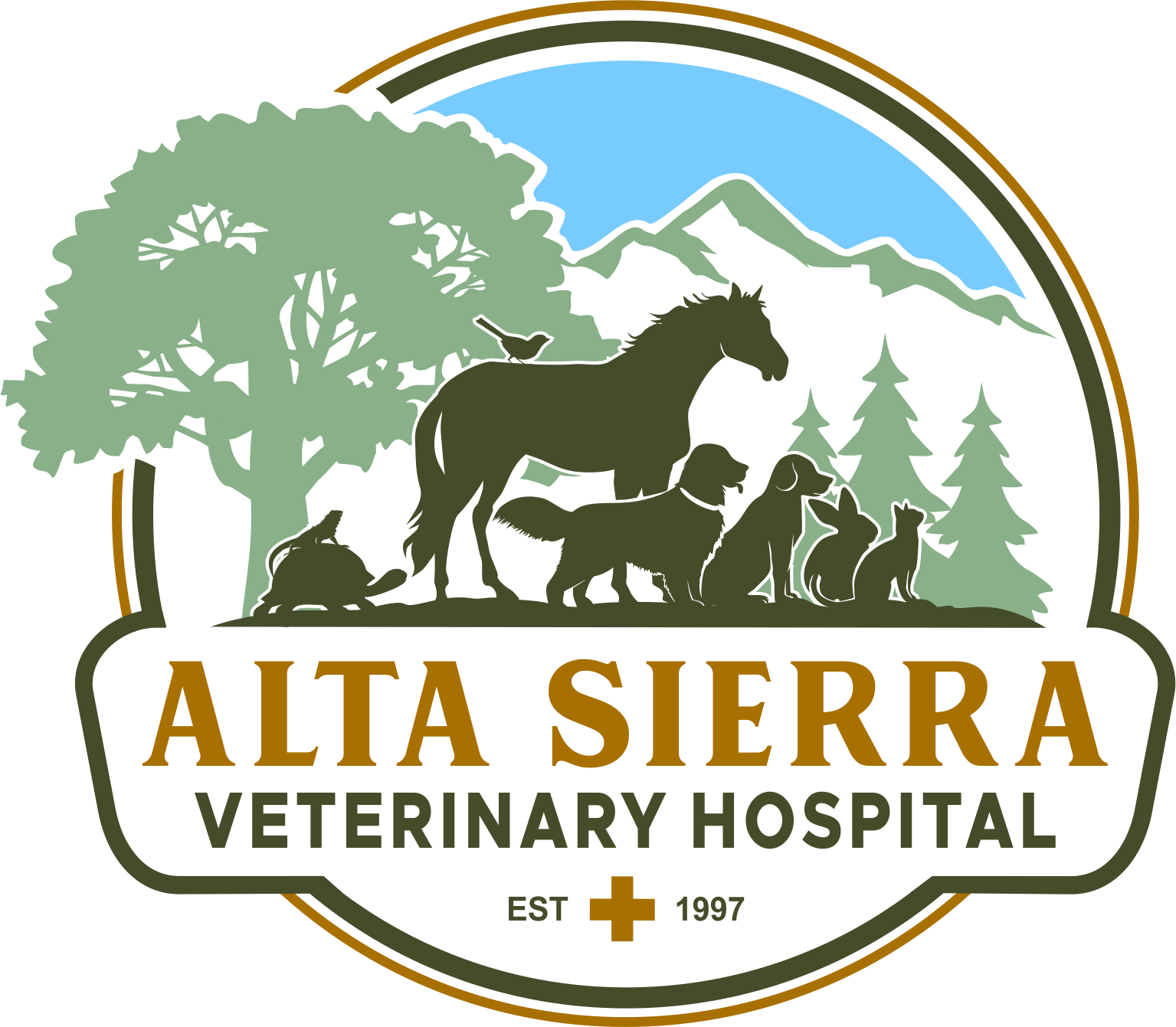Library
-
This handout discusses arthroscopy, the insertion of a telescope-like camera into a joint. The joints commonly examined and treated using this technique, along with the benefits and risks of this procedure, are outlined.
-
Biological response modifiers (BRMs) are naturally occurring substances that are used to treat diseases, infections, or chronic itchiness or pain, by affecting the immune system and how it works. They are mostly used to treat some cancers, immune-mediated diseases, and infections. Most BRMs are administered in the hospital under veterinary supervision. Side effects vary but may include fever, stomach upset, tiredness, or allergic reactions.
-
Chemotherapy drugs are used to treat cancer and other conditions in people and animals, and often target and kill rapidly dividing cancer cells, but normal, healthy cells that grow quickly may also be affected. Side effects of ingestion can include stomach upset, neurological signs, bone marrow suppression, and organ damage.
-
Cryosurgery is the application of extreme cold to destroy abnormal or diseased tissue. In animals, the technique is used to treat tumors in locations where conventional surgery would be difficult or impossible. Cryosurgery is sometimes also used for the removal of aberrant or extra eyelashes (distichiasis).
-
New medications can help regulate blood glucose levels in cats, including once-daily oral medications bexagliflozin (Bexacat) and velagliflozin (Senvelgo). Cats in the initial stages of DM may benefit most from oral diabetes treatments. This article discusses how these medications work, potential risks, and monitoring required.
-
Proprioception is the ability to know where your body is in space. This is what helps reduce falls and injury. Proprioception may be lost suddenly through spinal cord trauma, or it may be reduced with age, joint disease (osteoarthritis), or other orthopedic or neurologic disease. Some specific controlled exercises that can improve proprioception are discussed. Any exercise plan needs to be formulated by a veterinary rehabilitation therapist to avoid injury.
-
All glues containing isocyanate and diisocyanate can expand. Pets exposed to a very small amount of wet or liquid expanding glue may consume enough product to be problematic. Foreign body obstruction due to a mass of expanded glue in the stomach is the most common outcome in dogs ingesting expanding wood glues. After abdominal X-rays confirm the presence of a glue mass and obstruction, surgery is required to remove the mass, or endoscopy in mild cases. The prognosis for recovery from expanding glue ingestion depends on the removal of the mass.
-
Extracorporeal shockwave Therapy (ESWT) is a treatment that uses high energy sound waves to exert changes in the target tissues. In specific situations it can decrease pain and increase healing. Conditions that can be treated, types of shockwave therapy, contraindications and adverse effects are discussed.
-
Your veterinarian may prescribe rectal medication if your pet is unable to swallow oral medications or if a specific required medication cannot be effectively absorbed with oral delivery. The rectal tissues contain large numbers of blood vessels very close to their surface, which means that medications delivered to this area are rapidly absorbed into the bloodstream. Rectal medication is most commonly used to treat seizures.
-
Imidocarb dipropionate is an injectable medication that is administered by a veterinarian to treat babesiosis in dogs. It is also used off-label to treat other protozoal infections in dogs, cats, and horses. Most common side effects include mild drooling, tearing, vomiting, or nasal drip. Do not use in pets with exposure to cholinesterase-inhibiting drugs, pesticides, or chemicals. If a negative reaction occurs, please call your veterinary office.

